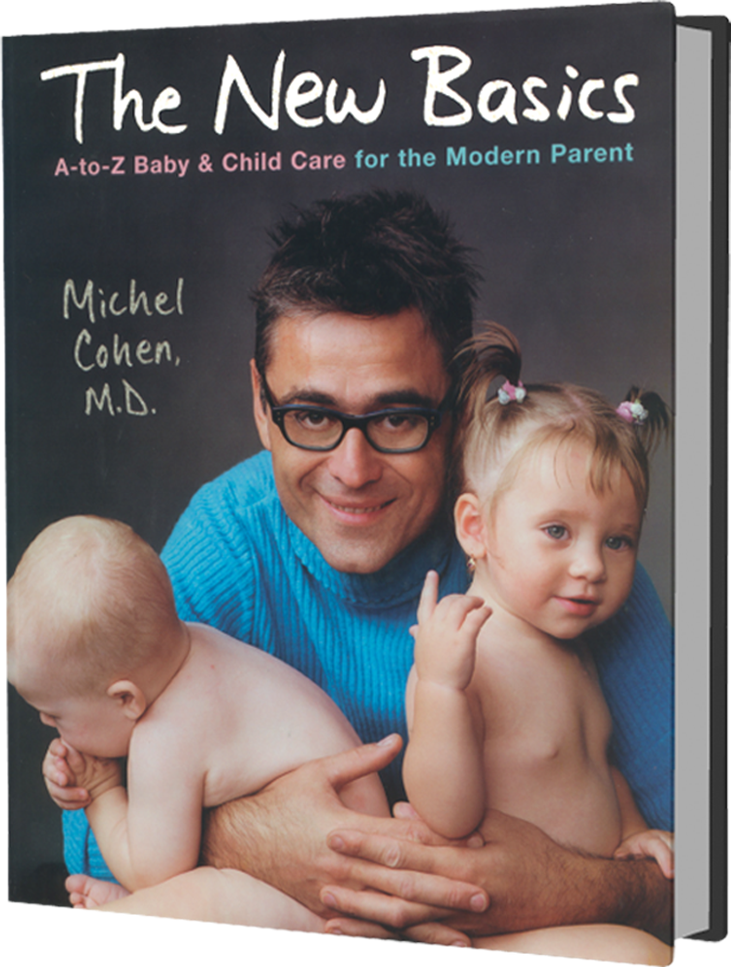
Belly Button
At Birth
At delivery, when Lucy’s umbilical cord is cut and clamped, she is left with a funny piece of plastic on her abdomen. The clamp stays on for a few days, until the nurse ceremoniously removes it and reveals an inch of protruding skin that you’d rather not have to deal with. Don’t let this stump intimidate you; it’s just a piece of drying, dead skin. And when it’s completely dry, it will break off at the base, leaving a white area in the middle, which will eventually become regular skin.
Leave it alone to heal naturally.
When will it fall off?
Anywhere from a few days to a few weeks. Like any body part, some stumps are bigger than others. The thick ones take longer to dry and fall off.
When can I bathe the baby?
If you were to bathe Lucy for many hours a day, the umbilical stump would stay moist and have no chance to dry. But a little water here and there, and even a short bath daily, won’t impede the drying.
What about the oozing?
At the base of the belly button, where the tissue is still alive, there is a slight oozing of clear secretions. This is normal.
What about the blood?
When the stump is about to fall off, or if it already has, there could be a little bit of bleeding that is of no concern.
How will I know if it gets infected?
Infection is quite rare, but if it were to occur, you would see an area of intense redness and swelling around the area. This is not to be confused with a mild irritation caused by the rubbing of the dry stump against the surrounding skin. If you suspect an infection of the navel area, call your doctor.
In Infants
Belly-Button Swelling
When the muscles around the base of the umbilical cord do not tighten enough after birth, the intestinal content bulges out and forms an “umbilical hernia.” Though minimal at first, the bulging increases in the first few months as Lucy grows, and it can become quite large.
These hernias are totally painless. The belief that they are not springs from a simple misunderstanding. Whenever Lucy cries, the pressure on her belly increases and the hernia bulges. As a result, you might think that she is crying because of the bulging hernia, when in fact the reverse is true: The hernia bulges because she is crying.
Umbilical hernias, even large ones, will usually disappear of their own accord within the first year. In rare cases, they persist into late childhood and require surgical correction. Common folk remedies, such as taping a coin to the belly button, are worthless, may irritate the skin, . . . and don’t even bring good luck.




 MEDICATION DOSAGE
MEDICATION DOSAGE

